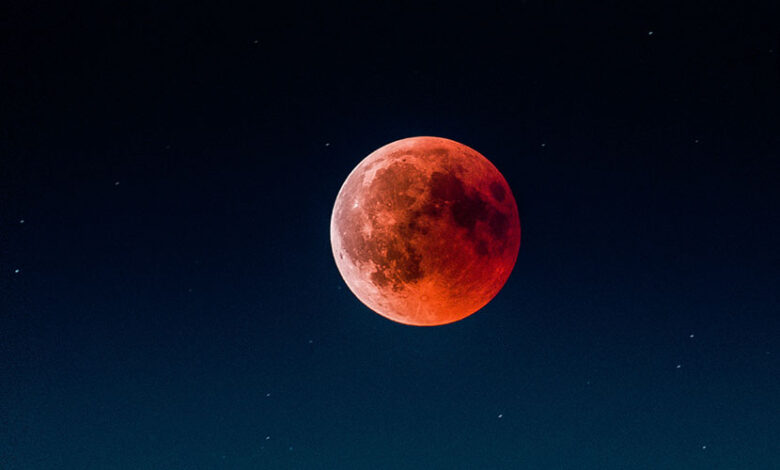November 8 lunar eclipse, watch this!

DDHK. ORG - On November 8, 2022, an eclipse is predicted finds total. This is the second time this year and will turn the moon into color reddish copper for 85 minutes. This phenomenon can be safely seen with the naked eye depending on your location in plane this.
Republika.co.id, who launched it from Space, said that often called a blood moon or blood moon, a total lunar eclipse occurs when the full moon (in this case the November beaver moon) moves into the Earth's umbra shadow and only receives light that is first filtered by the Earth's umbra. Earth's atmosphere, as seen from North America and parts of South America, Asia, Australia, and New Zealand.
The partial lunar eclipse will be visible from Iceland, parts of South America, South and Central Asia, and Russia.
A penumbral lunar eclipse—when the moon is in the brighter penumbral shadow of our planet—will be visible from eastern Brazil and Argentina, northern Scandinavia, and the Middle East.
According to the United States Aeronautics and Space Administration (NASA), the partial lunar eclipse began on November 8 at 04.44:08.44 EST (8:05.17 GMT). The totality of the moon—the Blood Moon phase—starts on November 09.17 at 06.42:10.42 EST (08.05:12.05 GMT) and ends at XNUMX:XNUMX a.m. EST (XNUMX:XNUMX GMT). The partial eclipse will be visible until XNUMX EST (XNUMX GMT).
Note that the faint penumbral lunar phase of the eclipse will begin about an hour before the first partial eclipse and end about an hour after the second partial eclipse.
Throughout the entire event, it is also possible to see the seventh planet Uranus close to the eclipsed moon. In some parts of Asia—including Hong Kong—Uranus will be briefly hidden behind the moon during totality.
Origin of the name Redness
A completely eclipsed moon appears reddish-copper orange instead of a blood-red color.
During a total lunar eclipse, the full moon first passes through Earth's penumbra or outer hazy shadow (but gray, but darker) and then enters Earth's umbra or deep middle shadow.
The only sunlight that reaches the moon passes through Earth's atmosphere, which turns the lunar surface red, orange, and yellow. It has the longest wavelength, so this light wave hits fewer particles as it travels through Earth's atmosphere compared to blue light, which has a longer wavelength. shorter.
The more dust or clouds in Earth's atmosphere during an eclipse, the redder the Moon will appear, according to NASA.
It's like thousands of sunsets and sunrises reflected by the moon. Penumbral eclipses are much more subtle. They occur when the full moon passes only through Earth's much brighter penumbral shadow.
The darkness of the moon was clearly visible compared to the light of the full moon, but it wasn't a very dramatic change. The moon does not turn red during a penumbral lunar eclipse.
Eclipse Time
Still reported from Republika.co.id, BMKG Aceh Expert Staff Andrean Simanjuntak said the total duration in Indonesia today is about 6 hours. Starting from three in the afternoon (15.00 WIB) to nine in the evening (21.00 WIB).
For the peak phase, lasts about 1 hour 30 minutes. The following is a breakdown of the phases of the total eclipse in Indonesia in the WIB time zone.
• Penumbral phase or the start of the eclipse: 15.00 WIB.
• Umbra phase, where some of them start to appear: 16.00 WIB to the total at 17.15 WIB.
• The peak phase of the total lunar eclipse: until 17.59 WIB.
"The eclipse starts at 18.30 WIB during the second umbra until 21.00 WIB at the second penumbra and will slowly disappear," said Andrean to Antaranews, Monday 7 November 2022.
The peak of the eclipse can be captured by people in the eastern region and also a small part of Kalimantan, Java, and southern Sumatra.
Meanwhile, a small part of Sumatra, especially Aceh and North Sumatra, has the opportunity to capture the process of the total lunar eclipse until the final phase. [DDHK News]



